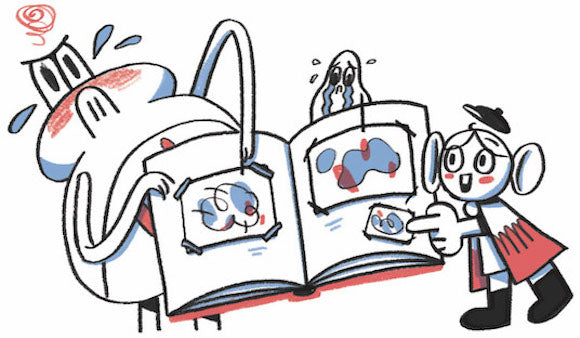Retrospective

What is a Retrospective session?
Look back on successes and failures in order to learn and improve for next time.
This session is a staple of productive teams. Normally conducted every fortnight, it’s a chance to look back and reflect on what’s gone well and what hasn’t - and what can be done about it.
How do you run a retro?
You can follow the instructions on each card below, or dive into this step-by-step guide with worked examples.
1. Pick a retrospective format:
Mad, Sad, Glad Retro
Focus on how the team is feeling.

Three Little Pigs Retro
Focus on how robust aspects of the team or project are

Start, Stop, Continue Retro
Focus on action-based constructive feedback.
2. Democratic Discussion
Facilitate a discussion that doesn’t lose track for each of the most popular points raised.
3. Who, What, When
To make the retro worthwhile, create an actionable to-do list from the discussion.
Retrospective prime directive
The retro prime helps create a positive culture where everyone can learn and improve without using blame. It's handy to have visible or read out at the start of a retrospective session.
‘Regardless of what we discover, we understand and truly believe that everyone did the best job they could, given what they knew at the time, their skills and abilities, the resources available, and the situation at hand.‘
The Prime Directive, Norm Kerth
You might like these Workshop Tactics
Get Workshop Tactics®
Retrospective is one of 54 workshop recipe cards inside the Workshop Tactics card deck.
Confidently lead your product team and design better products, together.




